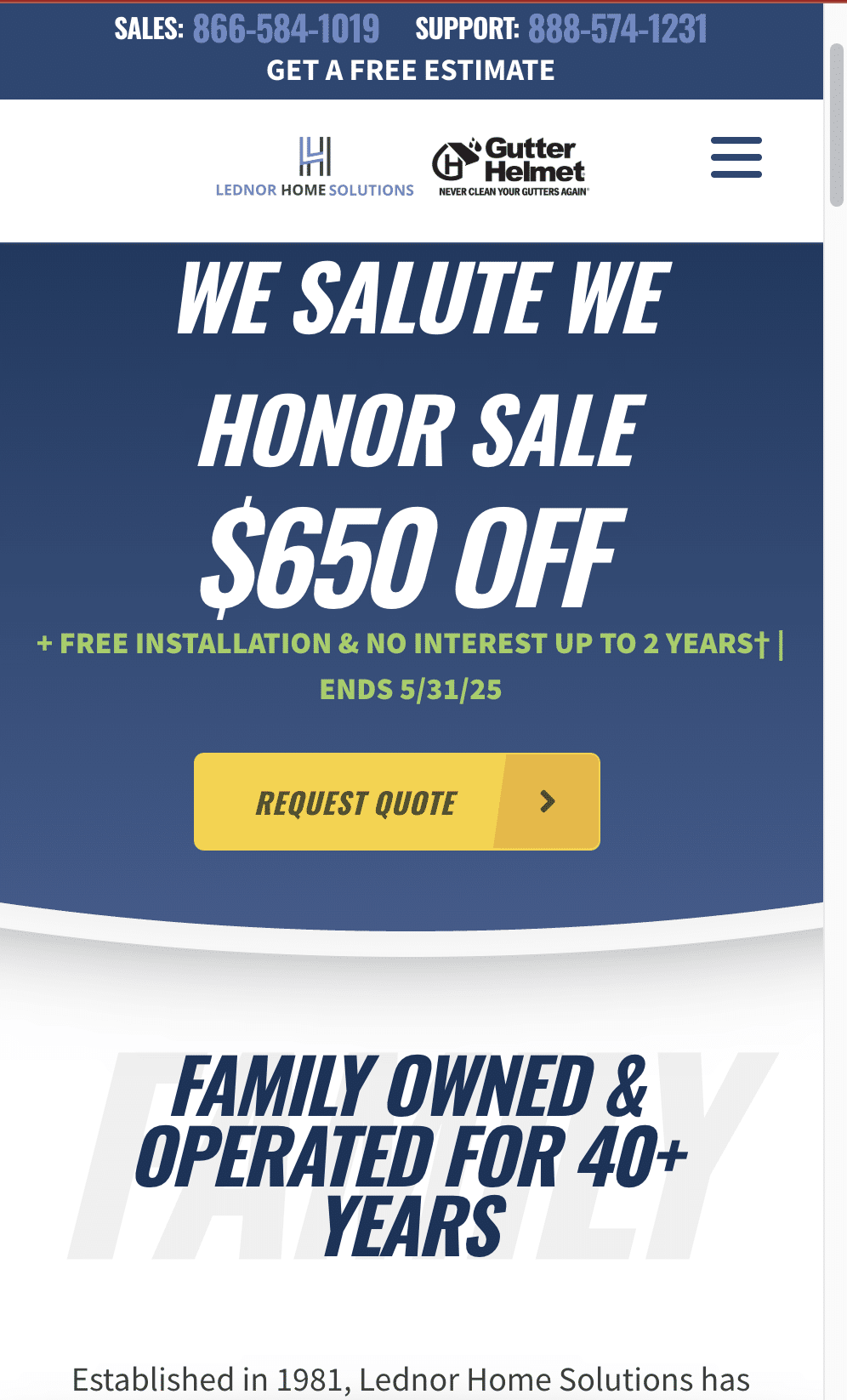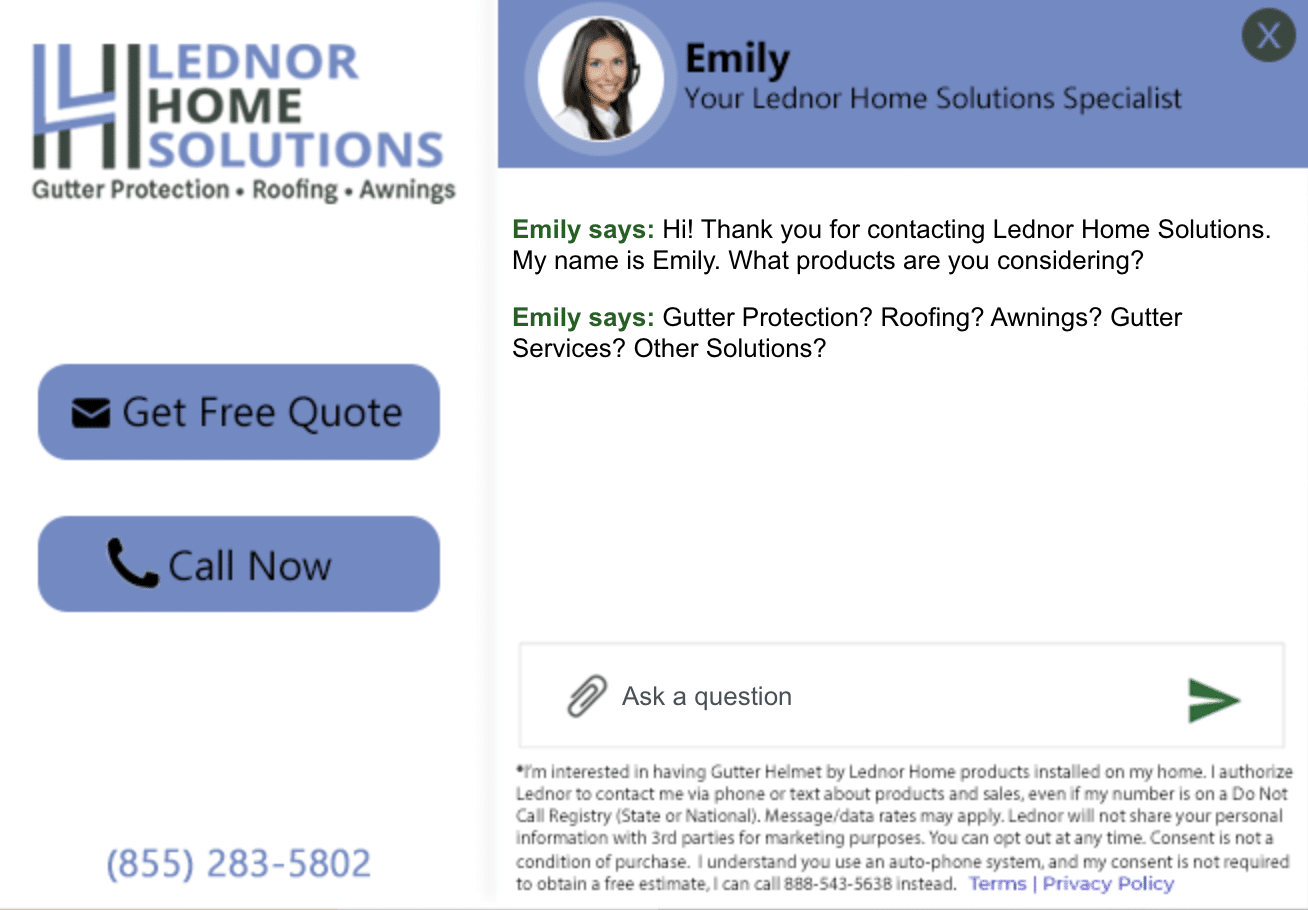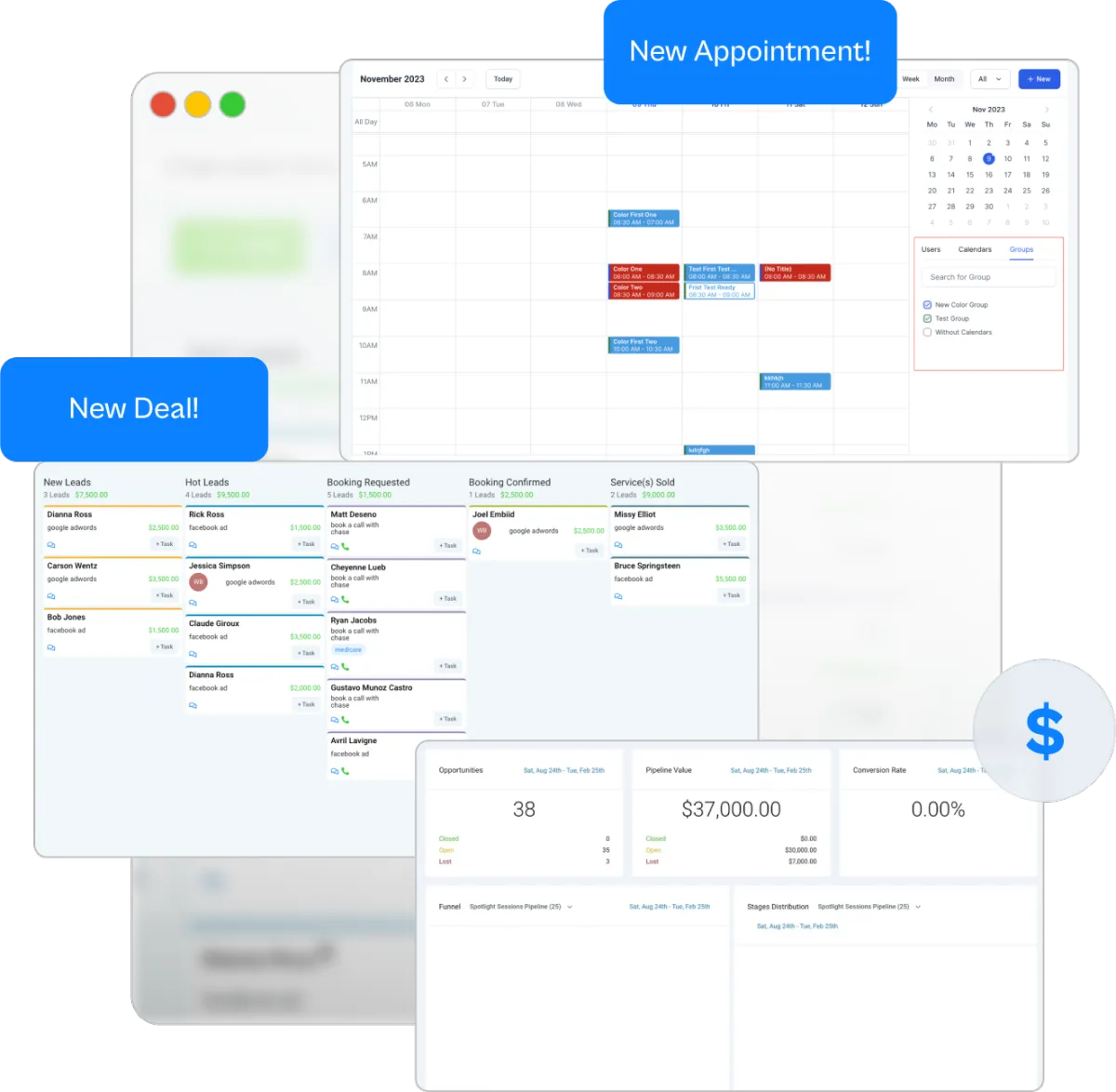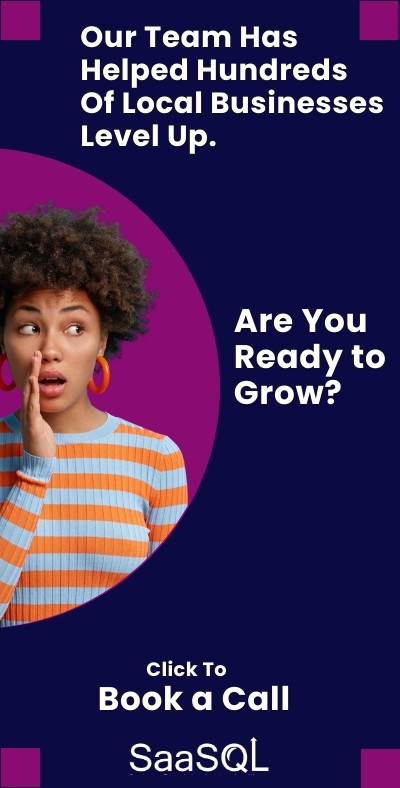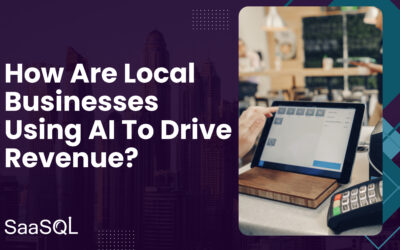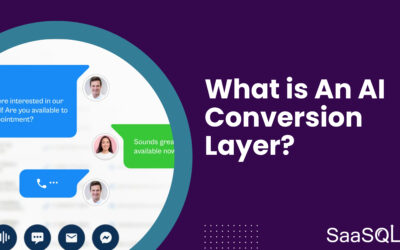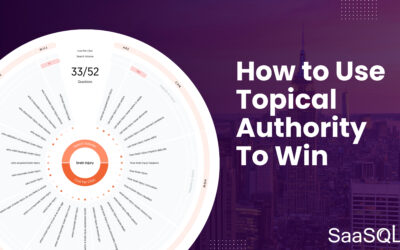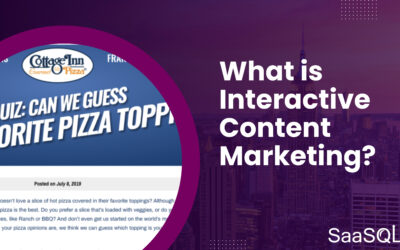Conversion Optimization Strategies for Local Service Websites
The thing most local businesses forget is that traffic doesn’t mean anything. Not really. What matters is what the visitor *does* when they arrive.
I’ve seen this happen a dozen different ways. You run a paid campaign, SEO works like it should, traffic flows. But nothing converts. Or worse—the wrong kind of leads come in. Bad fit. No budget. Unresponsive.
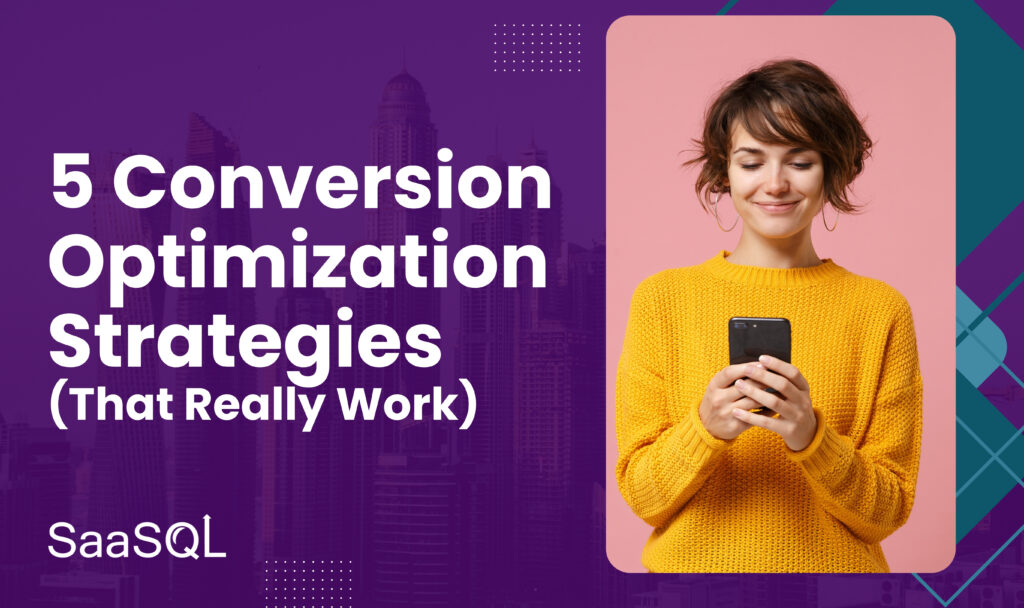
So we tweak the ad. Or fiddle with headlines. But the real issue is the **conversion layer** itself. It’s either built for the user, or it’s built for you. And if it’s built for you, conversions tank.
What I’ve learned is that real optimization starts with humility. The humility to say: maybe they don’t care. Not yet. Maybe they’re skeptical, distracted, or unsure if they’re even in the right place.
That’s the posture I try to start with. And when I do, I stop designing *for* a sale and start designing *around* a decision. That’s the shift.
If you haven’t yet read it, I explain this in more detail in a post called “The AI Conversion Layer, Defined.” It walks through how AI is reshaping the layer between traffic and action. It’s a good primer.
So how do we do it? What strategies actually move the needle? That’s where we’re headed.
1. Fix the Fold: Making First Impressions Count
The top of the page is the whole game.
It’s not where the sale happens. It’s where the decision to stay happens. A blink test. A sniff test. A gut check. If the first scroll isn’t earned, the rest doesn’t matter.
And yet, most local websites treat the top like a logo placement and a phone number. Maybe a stock photo. Maybe a headline that sounds like it came from a business card: “Serving All Your Plumbing Needs Since 1989.”
No one cares.
What works is specificity. What works is clarity. What works is trust, in an instant.
Here’s the framework I use:
- 1 sentence headline: Who’s it for and what’s the win?
- 1 sub-head: What’s the shift? What’s the truth that makes them stay?
- Proof point: A review, a result, a number.
- Primary action: Button. One.
- No scroll needed: It should all fit above the fold, mobile first.
That’s it. Think like a prospect on the move. They’re in line at Starbucks. They’re on their phone. They’re skimming. The fold is the only chance to get a toe in the door.
If it doesn’t work there, it won’t work anywhere. (Image Credit: https://www.lednorhome.com/)
2. Eliminate Lead Friction
There’s this old belief that if someone really wants to work with you, they’ll fill out the long form. The twelve-question, “tell us everything” form.
That’s ego talking.
What I’ve found is that most leads don’t drop off because they’re unqualified. They drop off because the process was annoying. Or unclear. Or just one step too long.
The form is too complicated. The call-to-action is too vague. The chatbot doesn’t help, it interrogates. And when that happens, people disappear.
So here’s the test I use: Would I fill this out if I were busy, skeptical, or mildly interested? If the answer’s no, we simplify.
- Fewer fields. Name. Contact. One question max. We can qualify later.
- Smarter defaults. Use logic to skip steps. Don’t ask what you already know.
- Live handoff. If they’re ready to talk now, make it happen now.
Sometimes, I replace forms with a chatbot that routes the lead instantly to a rep. Sometimes, I use a scheduling tool that skips the contact form entirely. Either way, I’m trying to remove work from the prospect.
Because the truth is, it’s not their job to convince us. It’s our job to make it easy to say yes.
3. Optimize for Trust, Not Just Clicks
We all love the dopamine hit of a high CTR. But I’ve learned that what matters more—especially for local service businesses—is trust per visit.
Because clicks don’t hire contractors. Trust does.
When I optimize a conversion path, I’m not just asking: “What gets the click?” I’m asking: “What tells the truth?”
Here’s what that looks like:
- Face, not stock. Show the owner. Show the crew. Real humans beat slick graphics.
- Specificity in testimonials. Not just “Great service!” Say what happened, where, and why it mattered.
- Proof of work. Show the before and after. Even better? A 10-second video walkthrough with your voice over.
- Clear pricing signals. Not necessarily exact rates, but ranges. Packages. Minimums. Transparency is the fastest trust-builder I know.
It’s tempting to over-polish. But polish feels like marketing. Trust feels like reality.
And if I’m hiring someone to come into my home, fix my wiring, install a furnace—I need real more than I need shiny.
Make the site feel honest. That’s the conversion strategy no one talks about enough.
4. Use AI Intelligently (Not As a Gimmick)
AI can accelerate everything. But when it’s used lazily, it just adds noise.
I’ve seen local businesses install a chatbot that parrots back the FAQ page. Or worse, gives vague, templated answers that confuse more than they help.
The point of AI isn’t to sound smart. It’s to make the right thing happen faster.
Here’s where I’ve seen AI actually move the needle:
- AI-powered chatbots that route based on intent—lead vs. customer vs. tire-kicker.
- Conversation scoring that prioritizes high-intent users and nudges them forward.
- Follow-up sequences that adapt to what the user said, not just what they clicked.
It’s less about automation, more about augmentation. It should feel like the assistant who knows what you need before you ask.
Used well, AI gives you leverage. Used poorly, it’s just a fancier FAQ. The difference is in whether it’s built to serve you or to serve them.
To dig deeper into automations and sequences read: Understanding Marketing Automation Software: A Comprehensive Guide
5. Follow-Up Is the Conversion
Most people think the lead converts when they fill out the form. I don’t.
I think they convert when they feel taken seriously.
It’s what happens next that counts. The thank-you message. The speed of reply. The tone in the first email or text. That’s when the real decision is made.
I’ve seen follow-up win or lose deals, even when the website did everything right. Fast response with clarity and warmth? That gets replies. A 24-hour delay with a generic “we’ll be in touch”? That gets ghosted.
Here’s what I’ve found works:
- Respond in under 5 minutes. If you can’t do it manually, automate it intelligently.
- Make the message human. No do-not-reply emails. No walls of text.
- Set a clear next step. Book a time. Expect a call. Choose a service.
You’re not just thanking them. You’re proving you’re real, responsive, and ready. That’s what builds confidence.
Conversion is a relationship. And follow-up is the first handshake.
Wrap-Up: Conversion Optimization Strategies
Ultimately, all of this comes down to one thing: respect.
Respect for the visitor’s time. Their attention. Their uncertainty. And maybe even their cynicism.
When I stop trying to hack my way to conversions and start trying to earn them, the whole system changes. It becomes lighter. Faster. More human.
No friction. No fluff. Just signals of competence, signals of trust, and clear paths forward.
Local service businesses don’t need a better funnel. They need a better conversation. One that starts with clarity, continues with empathy, and ends with a confident “yes.”
That’s how you build a conversion layer that actually converts.
FAQ – Actionable Insights
Q: What’s the most important part of a local service website for conversions?
A: The top of the page. If visitors don’t connect in the first few seconds, they won’t scroll. Your headline, offer, and CTA need to hit immediately.
Q: How can I reduce form abandonment on my site?
A: Use fewer fields, clear CTAs, and smart automation. Make it quick and intuitive—especially on mobile. People won’t fill out long forms unless they have to.
Q: Does AI actually help with website conversions?
A: Yes—when used right. AI can route leads, personalize responses, and follow up faster. But it needs to serve the user, not just automate your process.
Q: What kind of proof builds the most trust on a service site?
A: Real photos, detailed testimonials, and pricing transparency. Stock images and vague praise don’t move skeptical buyers.
Q: How fast should I follow up with leads?
A: Under five minutes. A fast, helpful reply is more powerful than any copywriting tweak. That first response sets the tone for the relationship.
Q: Should I use a chatbot or a form?
A: Depends on your business. If your team can handle real-time chat, use a chatbot. If not, keep the form short and make sure follow-up is immediate.
Q: What’s the best way to test conversion changes?
A: Start small. Test one element at a time—headline, CTA, form layout—and measure impact. Focus on the moment of decision, not vanity metrics
Some Worthy Additional Resources
Nielsen Norman Group – “First Impressions Matter: The Importance of the First 10 Seconds”
Explains the psychology behind bounce rates and how fast users judge credibility.
https://www.nngroup.com/articles/first-impressions/
Pew Research Center – “Mobile Fact Sheet”
Updated data showing the dominance of mobile usage, especially for local intent browsing.
https://www.pewresearch.org/internet/fact-sheet/mobile/
Baymard Institute – “Form Field Usability: The Pitfalls of Optional Fields”
Data-backed UX guidance on minimizing form friction to increase conversions.
https://baymard.com/blog/optional-form-fields


